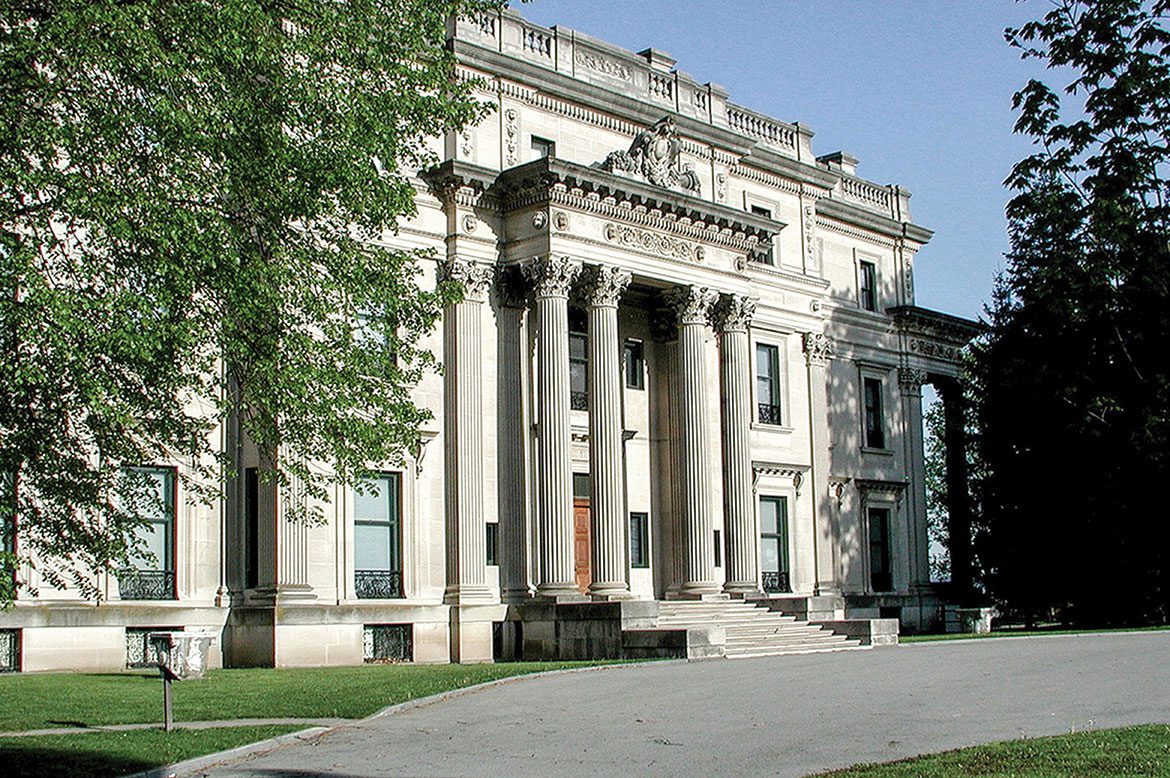By Shuan Butcher
The Hudson River Valley is known as the home to the military academy at West Point, as the epicenter of American art and Revolutionary War history, or even as the setting for the infamous Headless Horseman and Ichabod Crane.
Unknown by many, the Great Estates that dot the landscape overlooking the scenic Hudson River are alone worth a trip to the region, which is about a two-hour drive north from New York City.
On a weekend getaway to the Mid-Hudson region, my wife and I focused our attention on the historic towns of Rhinebeck, Hyde Park and Poughkeepsie. These towns are located within the heart of the Hudson River Valley National Heritage Area and the Highland New York area, with spectacular views of the Catskill Mountains across the river. There is plenty to do here to merit more than a weekend excursion.

We stayed at The Beekman Arms, America’s oldest continuously operated hotel. This classic country inn, in the center of the village of Rhinebeck, dates back to 1766. Upon entering, you immediately notice its huge stone hearth, overhead beams and plank forms in the lobby of the main structure.
Although we didn’t get to stay in the most historic part of the inn, our room was in a building just around the corner. It felt somewhat private, as if we were staying in a flat with only three other units, so it was nice and quiet. The room itself was charming and spacious and equipped with an electric fireplace. Breakfast each morning was included with our stay and we thoroughly enjoyed the complimentary decanter of New York Cream Sherry provided in each room, enhancing the centuries-old tradition of hospitality and service provided there.
Rhinebeck is quaint and picturesque (it is also the town where Chelsea Clinton was married). The downtown full of boutique shops featuring art, furniture, antiques, olive oil and a local department store.
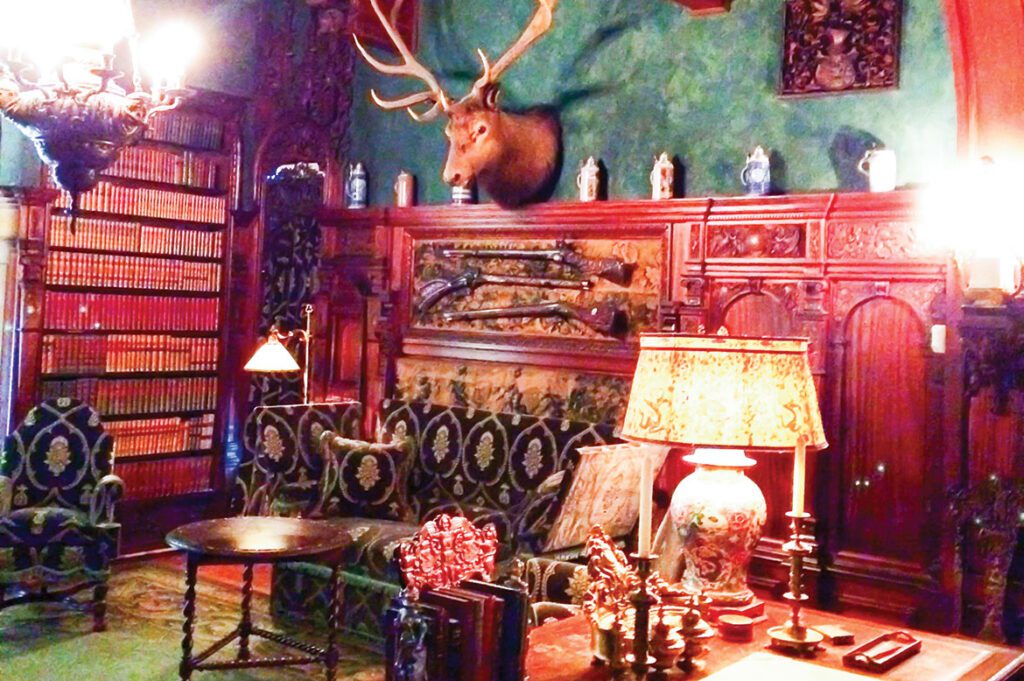
The first estate we visited was the Vanderbilt Mansion in Hyde Park, a National Park Service National Historic Site. Decorated with opulence, this manor was considered to be “roughing it” for the Vanderbilt family; however, the Beaux Arts and classic European style home is the epitome of the “Gilded Age” of America, a term coined by Mark Twain referring to the process of gilding an object with a superficial layer of gold to improve its appearance. Considered to be the period between the Civil War and roughly World War I, this timeframe was one of unparalleled growth in industry with names such as Vanderbilt, Carnegie, Rockefeller and Morgan gaining prominence. The grounds and gardens of this mansion, as well as the views of the Hudson River, provide an added bonus to the house tour.
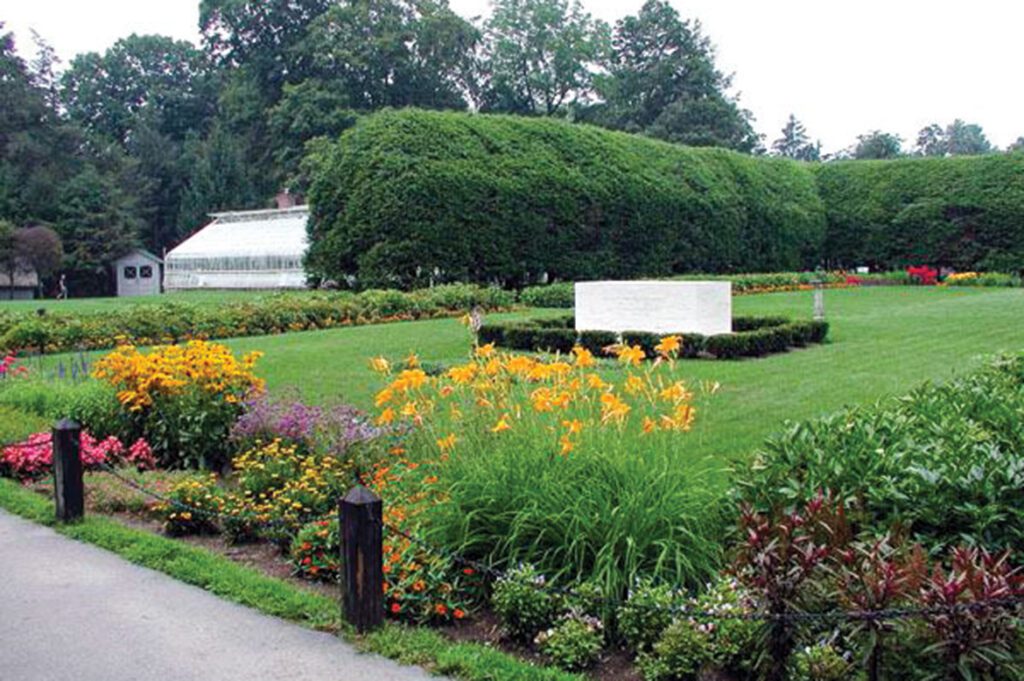
Just down the road from the Vanderbilt Mansion is Springwood, the lifelong home of President Franklin Delano Roosevelt and the Home of Franklin D. Roosevelt National Historic Site. While visiting, be sure to check out the coach house and stables as well as the rose garden (the final resting place for the Roosevelts). Also on the site is the FDR Presidential Library and Museum, one of 13 presidential libraries administered by the National Archives. This one has the distinction of being the country’s first, opened in 1941 and designed in the Dutch colonial style by Roosevelt himself. It provides visitors with fabulous insights into the lives of Franklin and Eleanor Roosevelt as well as subjects such as the Great Depression, the New Deal and World War II.

Our next stop was the Staatsburgh State Historic Site, another lavishly decorated Beaux-Arts mansion that sits atop a grassy hill overlooking the Hudson River. The elegant country home of Ogden and Ruth Livingston Mills is a fine example of a great estate built by America’s financial and industrial leaders during the Gilded Age. With 79 rooms and 192 acres, it recalls “Downton Abbey” for the Americas.
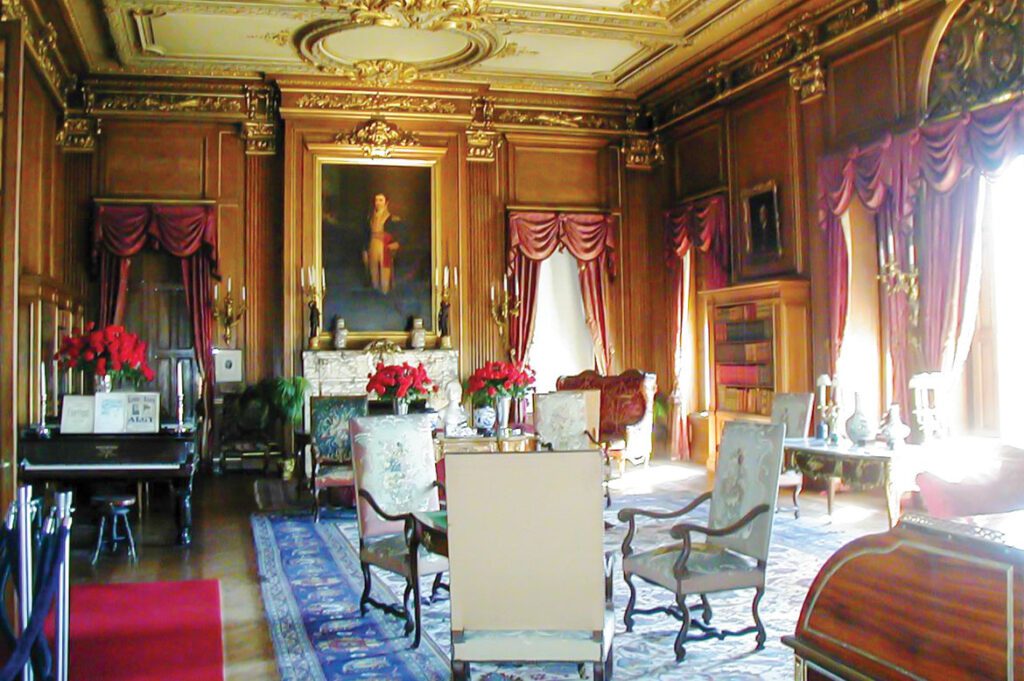
We traveled back to Hyde Park for dinner and a show before calling it a day. We ate at the American Bounty Restaurant, one of the half dozen dining options at The Culinary Institute of America. The CIA is one of the world’s premier cooking schools. The American Bounty Restaurant is casually elegant and celebrates uniquely American cuisine. It was developed with the belief that American food could be as fresh, inventive and regionally based as its much-touted French counterpart. And it accomplishes just that by focusing on the seasons and products of the Hudson Valley to offer contemporary and traditional regional dishes.
We started with the Sky Farms Baby Greens, which included Hudson Valley apples and pears, pumpkin seeds and a fresh cider vinaigrette as well as crispy sweetbread with frisée, bacon, pickled vegetables and sherry vinaigrette. For the main course, my wife ordered the Fazio Farms chicken, which included corn pudding, farro, preserved shallots and a garlic jus. My entrée was the prime NY strip steak with a charred parsnip puree, bacon, foraged mushrooms and Lenz Cabernet reduction. For dessert, we split the pumpkin mousse with poached pear, toasted meringue, spiced chocolate sauce and the spiced gingerbread, which came with caramel apples, bacon praline and bourbon ice cream.
The following morning started out with brunch at The Matchbox Café. This place has an unassuming exterior, but the interior is cozy and intimate and clearly seemed to be a favorite of the locals where everybody knows everybody. The restaurant’s menu has an array of comfort food selections. At the counter, you are immediately drawn to the amazing selection of desserts, including the red velvet cake, butterfinger brownies and the schmoogies: two chocolate cookies filled with chocolate ganache and dipped in chocolate.
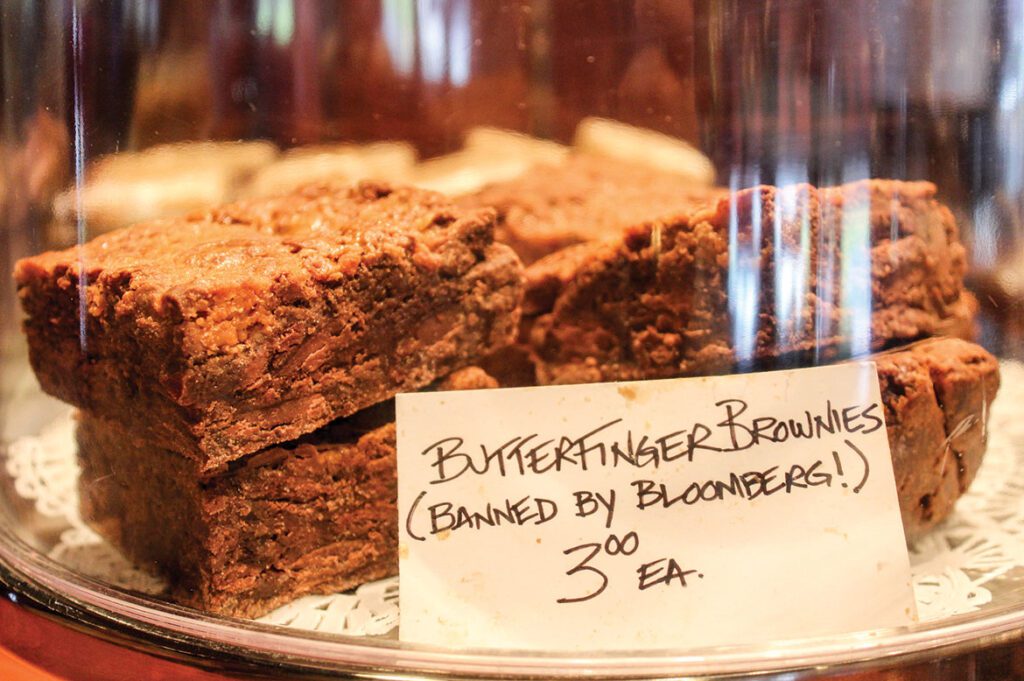
After eating our fill of schmoogies, we drove south to Poughkeepsie and pulled into the Locust Grove Estate. We were delighted to learn that it was the former summer retreat for Samuel Morse and equally surprised to learn that in addition to being an inventor, Morse was an artist. Known as “The American Leonardo” and the father of modern communications, Morse also served as the founding president of the National Academy of Design. The visitor center at Locust Grove showcases an exhibition of nearly a dozen of his paintings as well as some of his inventions.
The 180-acre estate overlooking the Hudson with an Italianate villa was owned by Morse for 25 years. The grounds reflect Morse’s knowledge of gardening and landscape architecture. It is important to note the home also interprets the post-Morse era, when William and Martha Young family lived there (many of the furnishings belonged to the Young family, and their daughter, Annette, who ensured it would be turned into a museum after her passing). The last thing we did before heading home was to take a stroll at Walkway State Historic Park. Known as the “Walkway Over the Hudson,” this steel structure was a superstar of the industrial age, previously serving as the Poughkeepsie-Highland Railroad Bridge that opened in 1889. It was the longest cantilevered and truss span bridge in the world and, when it opened to the public in 2009, it became the world’s longest pedestrian bridge over water. Clearly this is a popular destination for families, serious walkers, outdoor lovers and those who enjoy scenic views, the bridge spans more than 1 ¼ miles and sits 212 feet above the Hudson River. Indeed, it is a spectacular activity.
